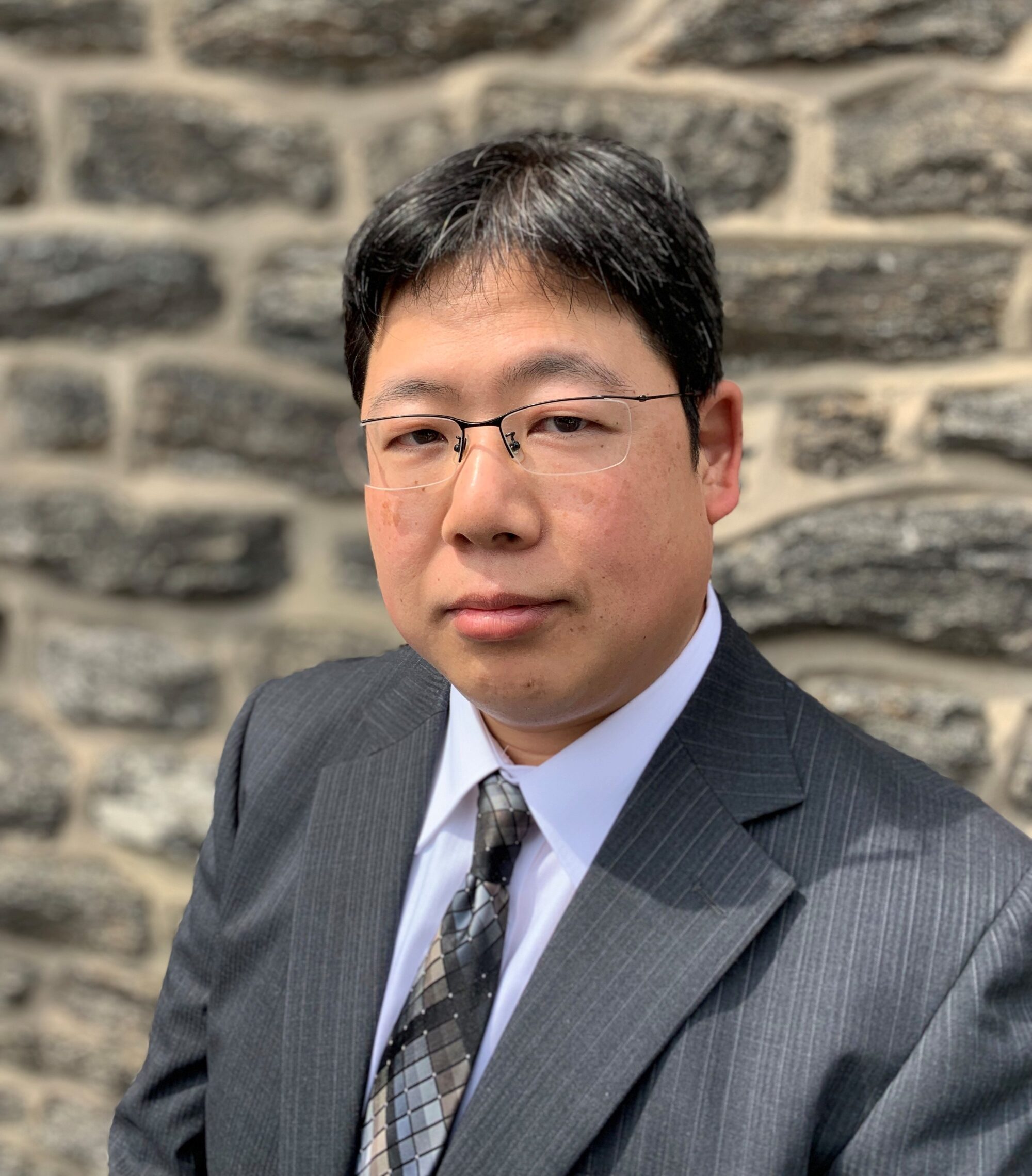A major event during the 2019 Oregon Bach Festival has been a year in the making. When OBF Executive Director Janelle McCoy spoke with Mobility International USA CEO and co-founder Susan Sygall, the two came up with an idea to combine music, movement, and awareness that is centered on Bach. Bach in Motion was born and will premiere on Friday, July 5.
Oregon Bach Festival asked renowned Bach instrumentalist, conductor, and researcher Koji Otsuki to head this project. He examined Bach’s massive list of works, paring them down to those that fit the theme of a “Bach pastiche”. The result is a new work that will be told through the lens of dance with DanceAbility International and the University of Oregon Dance Department.
Koji Otsuki’s Love for Bach
When he was studying as a conductor, Koji Otsuki focused on Bach and his vocal works. However, his passion for Bach started in his undergraduate years when he accidentally stumbled upon a Bach piece while at a music store.
“I overheard this one little movement of piano music and I was hooked,” he says.
Koji thought that the fugue was “so gripping” that it distracted him from his original task and sought out the work. The rest is history.
“I fell in love with a counterpoint, basically,” he says. “… You always come down to Bach and you realize that Bach is the best composer to write the genre of [the] fugue.”
Koji wanted to dive in further, digging into the religious and theological meaning behind Bach’s works. In turn, this led him to study conducting.
He says theology was really important to Bach and how his music tied into the Sunday services, most importantly the Bible readings and the sermons.
“Bach’s music was having a function of [making] both messages more convincing. It was supposed to be helping the actual sermon within the service,” Koji says.
Project in Progress
Koji struggled at first with the “Bach in Motion” project because he doesn’t believe in adding anything to Bach’s music.
“For this program to work, I believe you need to have a good, solid hypothesis to support the idea … not to create a new work but to embody something Bach would have used in a bigger picture,” he says.
It wasn’t an easy task, though. Koji decided that it needed one backbone idea for the project, and he has a strong conviction that Bach always used the Theology of the Cross in writing his works. He decided to focus on three main phases of the Theology of the Cross: suffering, grace, and follow the cross.
However, for such a large production, not every piece that could fit into these categories work together—even if they fit the theme or sound wonderful. Koji had to consider the mood of works, transitions, musical instruments, and budget.
Koji stresses that Bach’s music, first and foremost, is so special. It is when you dive deeper into the works that people discover why it is so profound, using the knowledge of theology to build something.
“If you compare Bach and other contemporary composers, those contemporary composers wrote in more plain language, but if you go to Bach, not only is that music so great and profound, but he used so many figures of music that make things so interesting,” he says.
Even though this project was quite difficult (“more difficult than I first anticipated,” he said), Koji had the excuse to listen to Bach nonstop.
“I don’t get tired listening to Bach,” he said. “My mental health was at the best during that period when I was working on this project because I was listening to so many different Bach pieces and so many different movements … although I was really sleep deprived … those were the really happy days.”
Bach in Dance
Many of Bach’s works are written in the language of dance, Koji says. He was writing works based on French or French-inspired dances, and though some might not have specific instructions, these Bach works had the idiom of dance music.
“You can’t separate dance music [from] Baroque music,” Koji said.
However, there is something to consider. During our time now, string quartets, concertos and symphonies are the main classical repertoire, but during Bach’s period, vocal works were top of the musical hierarchy with dance rhythms as a way to tie in a variety of audiences across the globe. Koji thought that for this project, it would work to tie dance and Baroque music together, but he also made sure not to focus too heavily on this aspect as it is only one component of the project.
Bach in Motion
OBF presents this new Bach pastiche, Bach in Motion, featuring soprano Julia Sophie Wagner, mezzo-soprano Sarah Mesko, tenor Colin Ainsworth, bass-baritone Kenneth Overton, OBF Orchestra, UO Chamber Choir, and conductor Jane Glover. It will take place at 7:30 p.m. Friday, July 5, in Silva Concert Hall. Join us for a Bach in Motion chat at 6:30 p.m. with Peter van de Graaff and Susan Sygall.
Learn More
Watch an overview of the Bach in Motion project at the Oregon Bach Festival, which offers additional insights and tidbits about the inspiration for the project.

